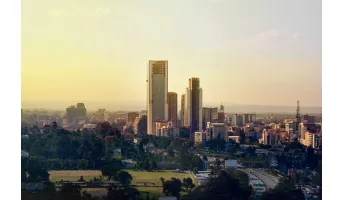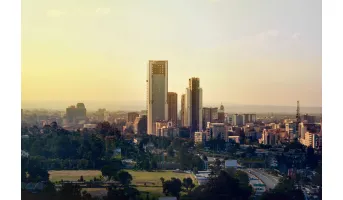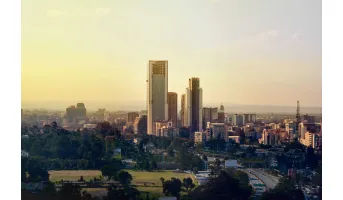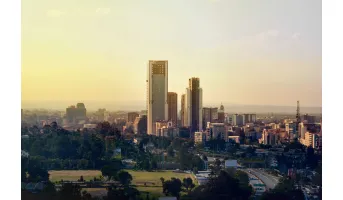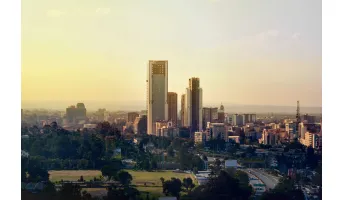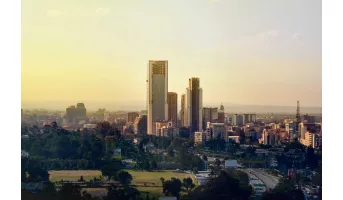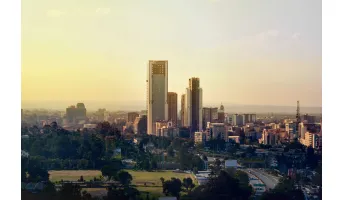![]()
Goal 11: Sustainable cities and communities
Make cities inclusive, safe, resilient and sustainable
Many cities around the world are facing acute challenges in managing rapid urbanization— from ensuring adequate housing and infrastructure to support growing populations, to confronting the environmental impact of urban sprawl, to reducing vulnerability to disasters.



